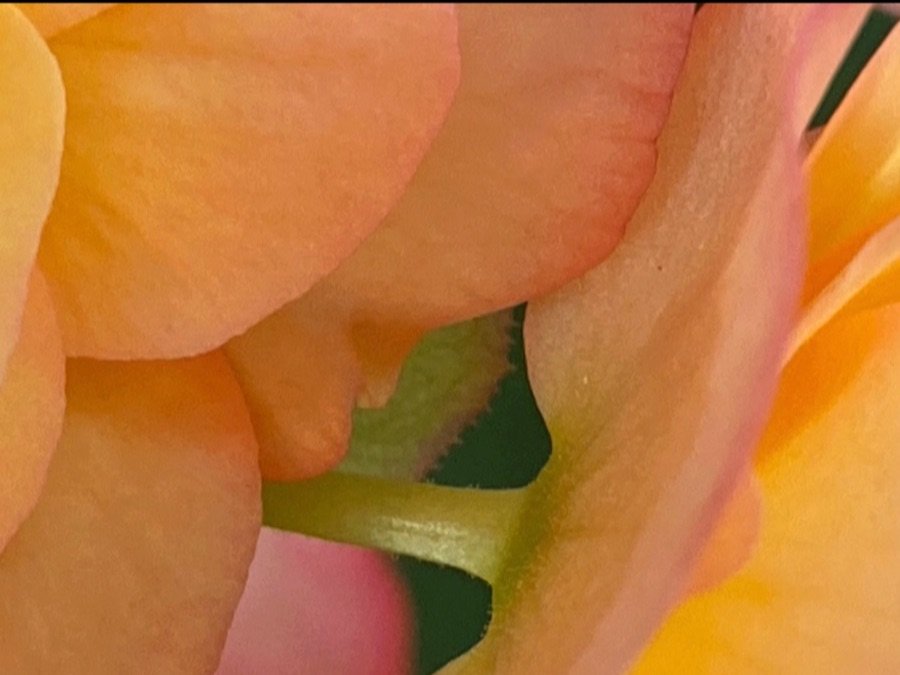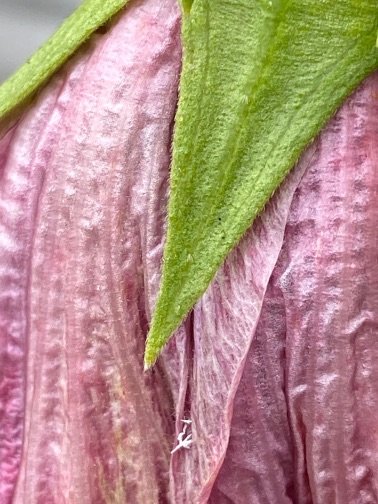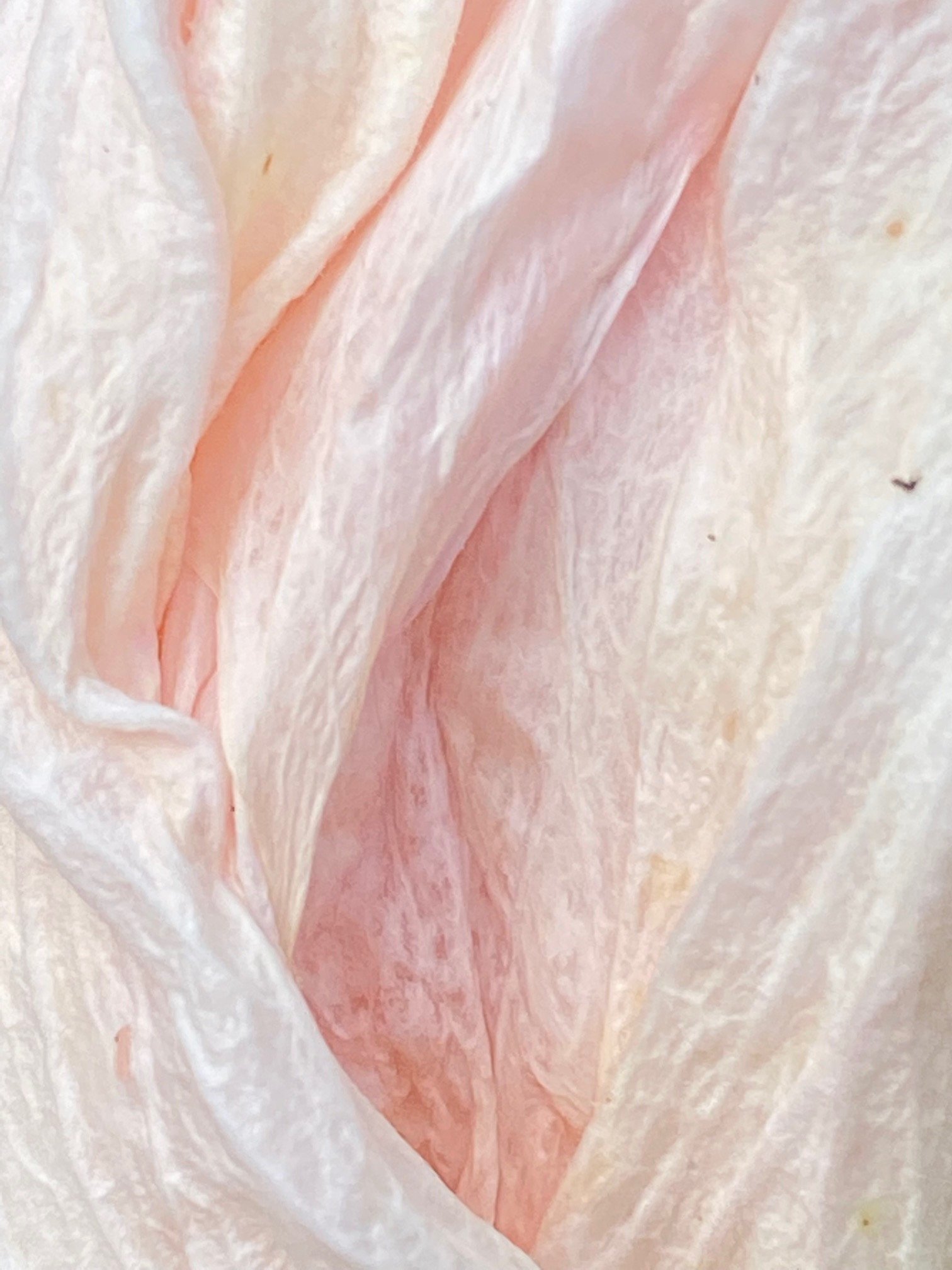Diary of a pioneer
Diary of a Saskatchewan Pioneer, Part 1 – The Homestead, by Al Slavin
My grandfather, James Rugg, migrated from London, England, in 1903 at age 17, to start preparing the homestead for his parents and siblings who would be following him. James was being trained as a toolmaker in London, and had no farming experience, so he initially worked for a year for a farmer in Manitoba to learn the ropes. Grandpa Rugg kept a daily diary all his life, which explains the degree of detail given below.
The accompanying etching was done by my brother Bill, and is a composite from photos. In it is a sod hut and James’ parents.
My parents came to Ontario during the recession of the 1930’s, so I met Grandpa Rugg only a few times in my life. The thing I remember best from those encounters was his advice on how to use tools: “Don’t choke up on the hammer, let the swing do the work.” and “Don’t push down hard on the hacksaw. It will cut just fine by itself.”
This article was written about 1960 by James, as background material for an essay that his 10-year-old grandson and my cousin, Bobby Rugg, was writing. Bob still helps to run the farm near Elstow, Sask., along with his two sons. It has been only slightly edited by me.
For Bobby
Left London England July 3rd, 1903. On arrival at Winnipeg went to Emigration Office. I was sent to a farmer at Killarney, Manitoba. Had my first experience at driving broncos, of which there were many abound at that time. After 16 months learning farming, I left for Saskatoon feeling I had learnt a lot; the experience was certainly valuable to me. Through a friend whose boss, Abe Buck, was locating prospective homesteaders for $10.00, I filed on my homestead: N.W. 18.35.28 West 2nd Meridian. [A “meridian” is a line of longitude used to locate the homesteads.]
I walked the 35 miles to my homestead and met three Englishmen located near me. Names: Stanley Preston, Ted Stolle and Tommy Le Gros. They had built a log shack 10’ x 12’ out of green logs, mud plastered. I was invited to join them; rather cramped quarters, cold at times. On one occasion my teacup froze in my saucer. I was at the far end of the table near the door. Of course, we kept our sheep-lined jackets on all day during that weather. I could mention many little incidents during my few weeks stay with the boys.
Around Christmas, on one of our drives to Saskatoon, I got a job with an Iowa Farmer named Marion Miller at French (now Clavet) for my board. I stayed until April. Spring opened up early and I harrowed a 50-acre field for my boss at Clavet on the 14th Mer (meridian), with three big Percheron horses on a 17-foot wooden frame harrow. While with Miller, I bought a team of Hereford oxen, Tom & Jerr, and a shorthorn stag, Joe, who during the next several months made homesteading history. I also bought a cow heavy with calf for $30.00, a Poland China sow, a wood beam breaker for $5.00, Adams 2-deck wagon & seat $83.00, some oats for seed, household utensils and food.
I started for the homestead; the cow led behind. It was April 4th and a hot day. I hadn't gone far when the oxen's tongues were out and when they decided to lay down, then my trouble started. I got tired lashing them with a homemade whip but finally I arrived at Bill Doerr’s farm home by evening, 8 miles on in my journey. He kindly put us up for the night.
Next day 5th also hot. After fording the Blackstrap, I arrived at Abe Buck's shack, which he said my parents could have for their use while he was away.
On the 9th of April my cow calved over ½ mile from the shack. In a snow storm, a neighbour and myself carried the calf home on my sheepskin jacket, fairly alright.
The shack was 1½ miles from my land. Well, I located the corner stake of my land, a ¾” piece of iron with roman numerals showing the land location, then started to break some of it so as to have some crop for feed. It took 10 days to break 5 acres and I shall never forget it. Well, I got a neighbour to sow it. I might add I disced it with a 7’ Cockshutt disc. [Discing is a tillage practice used for soil preparation. A piece of farm machinery called a disc harrow, breaks down soil clods, allowing water to penetrate more easily, increasing soil aeration, and leaving a seedbed that is suitable for growing crops.]
I had also bought 4 sections of iron harrows, bought at French. I had to get all I could done as my father, mother, brother and two sisters were arriving in Saskatoon from England in the middle of June.
Seeing with Photography, by Tzabia Siegel
“It is the beauty within us that makes it possible for us to recognize the beauty around us. The question is not what you look at but what you see.” Henry David Thoreau
Photography helps me to see the beauty. In my relationship with nature, with photography as the broker, I’m offered a depth of quiet excitement. I’m particularly drawn to the macro, where I get up close and personal. It takes me down to my knees, gets me intimate with the smallest of flowers, the dying corn stalks, the pools of ice. It is a place of marvel for me. I feel like a kid even though I’m in an aging body.
On days when I need to explore, to get out of routine, away from the computer, I take my little camera outside to chase the light. I particularly like the late day light, like many photographers do. Sometimes only a hundred steps from my usual path, and I have found another world.
I studied photography formally. I learned to see the light. I won the award for the top portfolio in my graduating class. I had lots of NIKON equipment, many lenses, tripods, and filters that I lugged around for years. I used medium and large format cameras. I studied the photos and techniques of Weston, Adams, Penn, and Stieglitz. When digital cameras overtook film cameras, I rebelled and refused to partake. I gave up photography while millions of others embraced it. But then, I finally gave in. My soul missed being stirred by my relationship with nature and life through this little lens.
Now I prefer to keep it easy and light. I carry an iPhone 11 around with me, unburdened by heavy equipment. The lens in it allows sufficient close-ups and my other favourite perspective, the wide angle. I don’t worry about the tripod because I have no plans to blow up my imagery to make it big. Often no one else ever sees my images - not because I don’t want to share them. But I’ve already been fulfilled in the act of making them. Anything that follows is after-play. It’s me and nature baby. In those moments of clarity, the rest of the world disappears. Nothing else matters. I’m totally nourished.
Created for Joy, from Arthur Herold
I sometimes forget that I was created for joy.
My mind is too busy. My heart is too heavy
for me to remember that I have been
called to dance the sacred dance of life.
I was created to smile,
To Love,
To be lifted up
and to lift others up.
O Sacred One,
untangle my feet from all that ensnares.
Free my soul that we might Dance
and that our dancing might be contagious.
By Hafiz
Equity Member Interview – Kris Robinson Staveley
Here are 3 words to describe Kris’ life so far: bucolic, tragedy, community. Of course, there is so much more. But be prepared for a rollercoaster of a story.
Kris’ mother left Sweden at 22 years of age. She worked as a nanny for a Swedish couple in California, not knowing a word of English when she arrived. She met Kris’ dad, a native Californian, on a blind date. They married and moved to Dayton, Ohio for work, where Kris’ older sister (by 2 years) and herself were born. Dad decided to go to graduate school and they all moved back to California. Dad then got accepted in the PhD program in Clinical Psychology at the University of Waterloo. Kris was 5 years old. Mom studied textile arts at Sheridan College. She made beautiful art and was very creative. Kris says neither she nor her sister got any of those genes.
While at Waterloo, her dad and some colleagues started a commune -- a Human Growth Centre. The group bought 100 acres of (unfarmable) land in Buckhorn, with an old farmhouse on it. The commune really didn’t last too long; about a year and a half. Her mom went along with it, but was not enthusiastic. They were supposed to eat all natural and healthy food. They had a large vegetable garden and Kris says she ate zucchini at nearly every meal, which she came to hate; it took quite a while for her to try zucchini again. Mom would sneak Oreo cookies into the house so her kids could have some semblance of a normal childhood. When everyone left, Kris’ family was left with the land.
She and her sister loved living there. They had a whole menagerie of cats, dogs, chickens, goats and a couple of horses to ride. It was a fun place to grow up with lots of land to roam. With no other kids around, she bonded with her older sister, who now lives in California.
Dad opened up his own practice in Toronto as a therapist from 1975-1995 and they lived in Etobicoke, where she went to high school. They kept Buckhorn as a weekend retreat.
Kris went to the University of Waterloo (her sister too – a sort of family tradition), studying Experimental Social Psychology. She met Marc there and they have lived together since 1982, eventually marrying. They started bringing their Waterloo friends to Buckhorn for summer weekends and have kept that up for 40 years; these friends are very much a part of their lives.
Kris applied to grad school and went to Princeton for her Masters and PhD in Social Psychology. She loved it academically and ended up back at Waterloo as an adjunct professor. However, she found she was not that fond of teaching, didn’t like the politics and wasn’t particularly inspired by her research.
Kris and Marc had returned to Canada partly because they missed home. They came up with the idea of starting a consulting company, which required cheap living at first, so they moved to Buckhorn. Marc did all the travelling and tech and she did all the back-office stuff. They did that from 1991 to 2017. If he went anywhere interesting, she went too. Some places they went: Banff (skiing), Delhi (India), Stockholm, various cities in Europe, a lot of the States – California fairly often. They have a cabin in the Redwoods that her great grandparents had built in the ‘20’s, right by the river. A gorgeous, magical place now co-owned by a number of cousins.
They lived in the Buckhorn farmhouse at first, but after a few years decided to build a house – for themselves and her parents. Her father retired there in '96. They essentially built 2 houses with a connecting room in between. It worked out great; they ate together often, did projects together all while living reasonably separately.
And now, the tough part of the story. They had a neighbour who was schizophrenic. People generally avoided him, but Kris’ dad, being a therapist, would talk and listen to him. In 2000, he knocked on the door one day and asked to use their compressor. Dad went out to the shed to help him and was shot 3 times in the back of the head with a shotgun. The neighbour then shot himself. Kris and her mother were sitting in the living room and ran out to find the gory scene. The neighbour survived. Later, they pieced this together: he believed that everyone was out to get him. Since her dad actually talked to him, in his twisted reasoning, this made her dad part of the conspiracy against him. He had decided to kill himself and he wanted to make a statement by taking someone out with him. Because the neighbour survived, Kris and her mother had to endure 2 years of trial, where he had decided to defend himself (no lawyer, who would be part of a government conspiracy), and where he got to question them on the stand. (Can you imagine???) In the end he went to prison and died there. Kris was impressed by how amazingly strong her mother was at the trial and at her core, though she did kind of (understandably) fall apart. She became afraid of things in life and had anxieties that something bad was going to happen. For her part, Kris spent a lot of time trying not to feel vengeful and trying to make sense of it. Her belief in a just world took a hit.
If there can be said to be an upside, it was how people rallied ‘round. Their friends basically moved in and took over. After some time, Marc had to travel again and someone would always be there to make sure Kris and her mother weren’t alone. That helped reinforce her belief in good people – it’s amazing what people do for you when you need help and tell them what you need. It’s very powerful. And that probably is what led her to want to do cohousing.
There was a stretch where she was working almost full-time for KCC. She is a person who likes to get things done. She believes the time and energy she put in has helped make it as strong as it is. She sees her role as trying to move things forward and not let balls get dropped. This can be overwhelming at times and she has learned to let go a bit.
Her hobby is gardening. Is there zucchini in your garden? "Yes" (she is really over it!) Kris has a respiratory disease and has to wear an N95 mask when gardening, which sort of prepared her for the pandemic. Her mother did a lot of the flower gardening, while Kris did the vegetables. When her mother moved to a retirement home, Becky and Mathew moved in and now they have a cohousing-lite situation. Though Kris says it’s not quite as good, as Mathew and Becky don’t do the 8 hours/day gardening her mom did. Did you mention that to them? “I did”, she says, “many times.” Kris and Marc put a lot of time into maintaining their property in the summer. They swim in their pond. They have an ice rink they clear off in the winter and snowshoeing trails. Walking the dog provides a lot of exercise. She and Marc cook together, but her thing is baking and she does quite a lot; she finds it calming and gets to enjoy it afterwards.
Wise words
Individually, we are one drop. Together, we are an ocean.
-Ryunosuke Satoro





